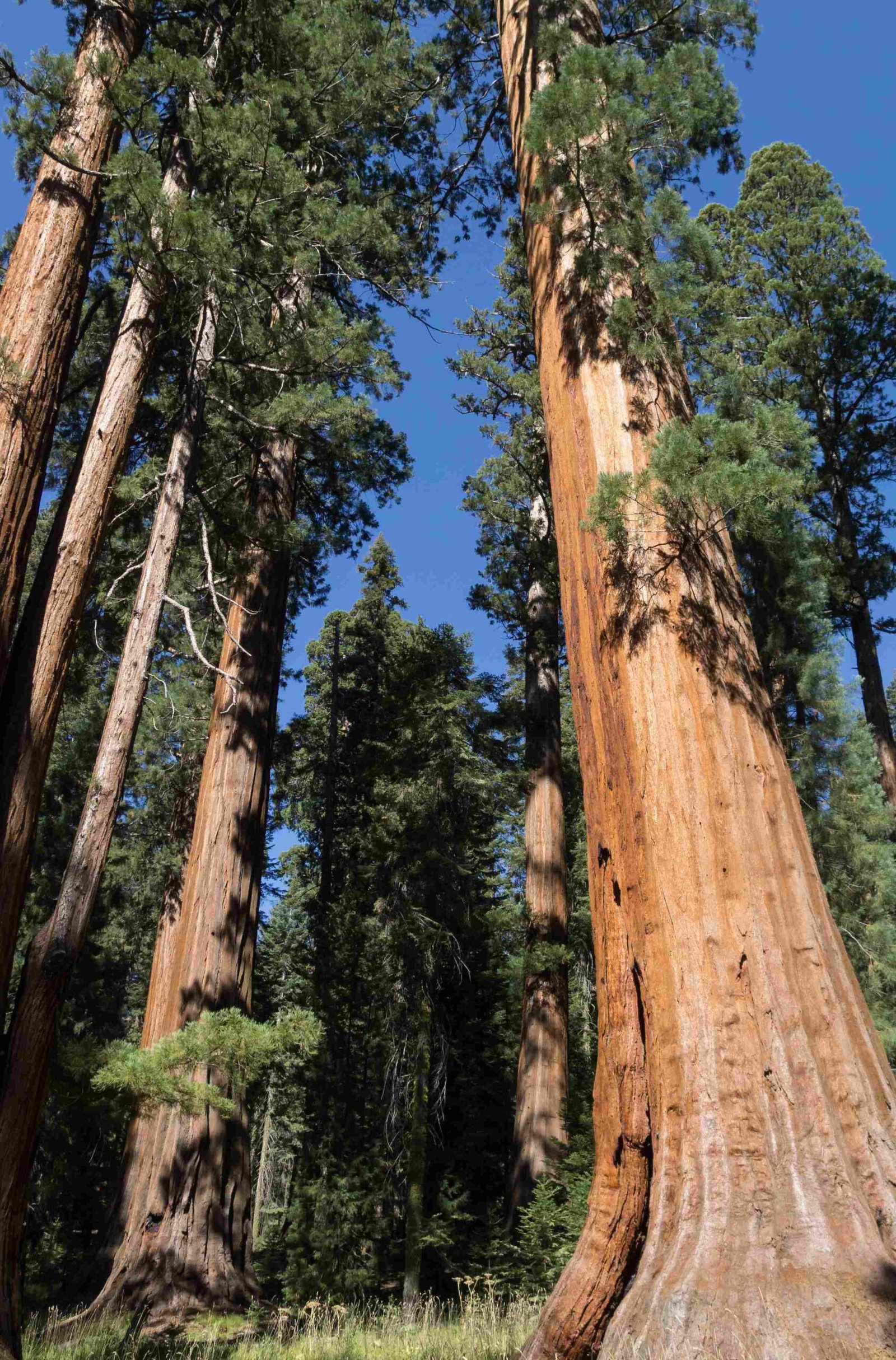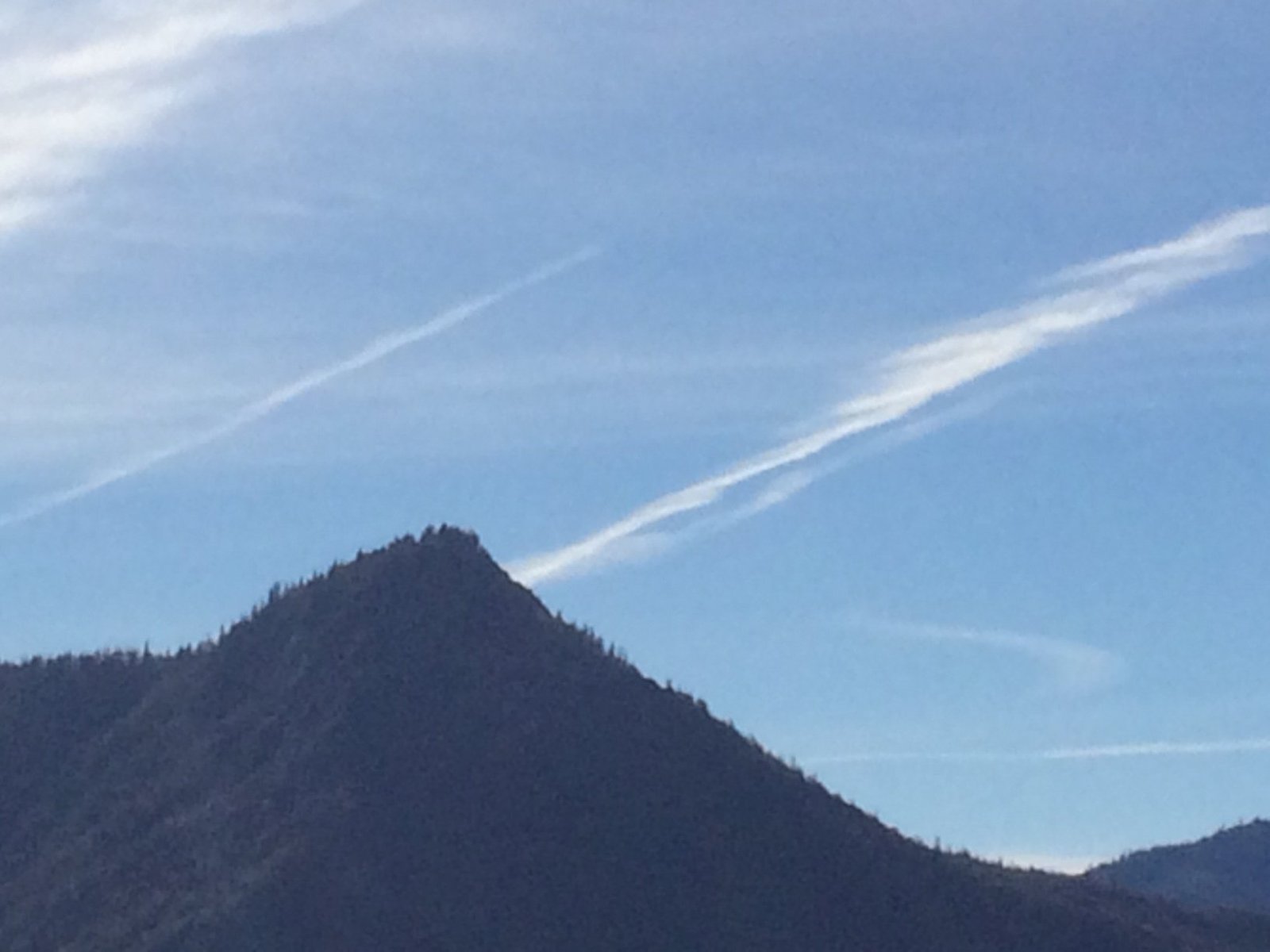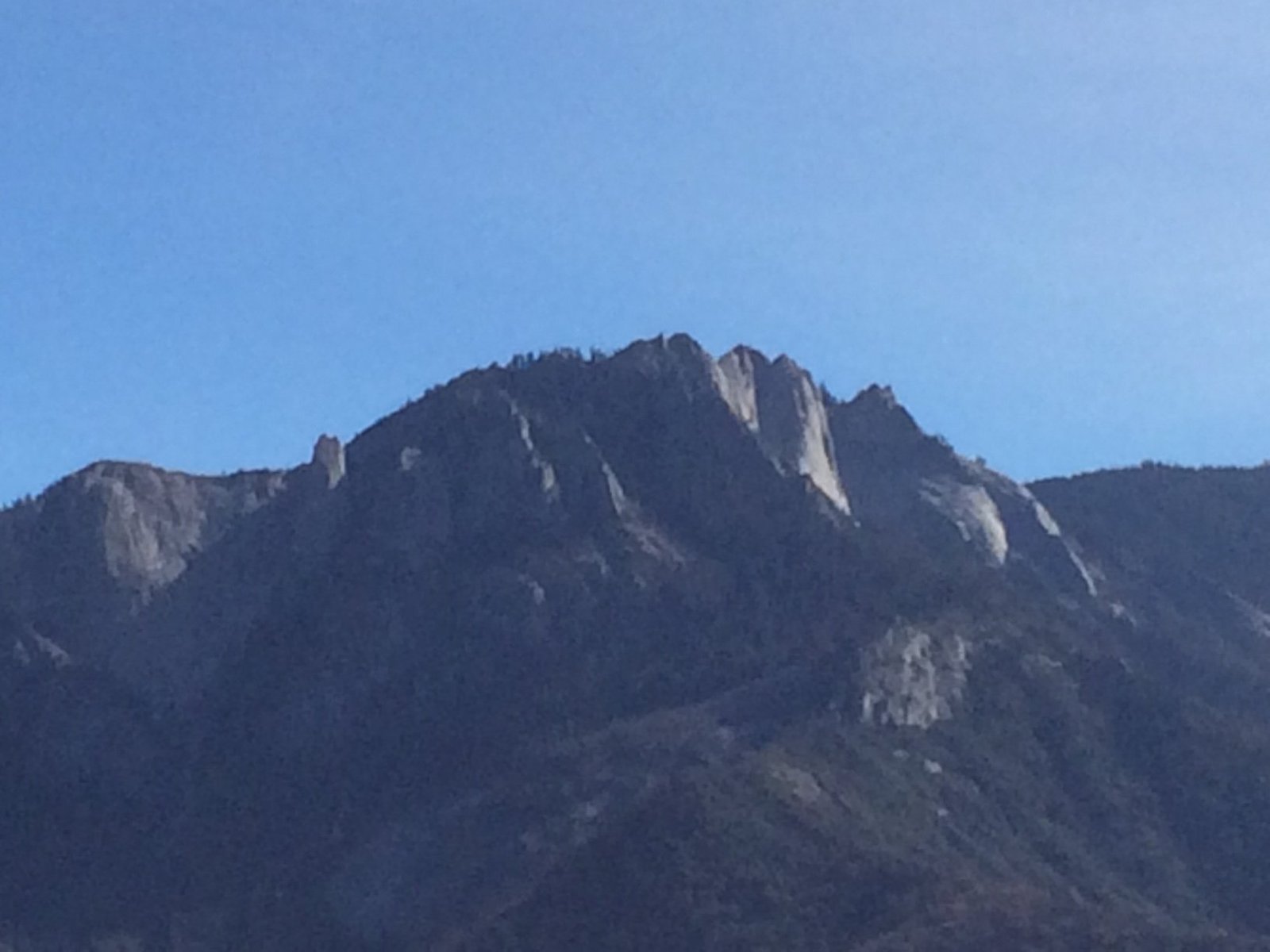Kaweah Gap, located in Sequoia National Park, is a stunning high-altitude pass at 10,700 feet elevation. It serves as a gateway between the western and eastern Sierra Nevada, offering breathtaking views of the Great Western Divide. This remote area is accessible via the High Sierra Trail, attracting adventurous hikers and nature enthusiasts. Kaweah Gap provides a unique blend of challenging terrain, diverse ecosystems, and opportunities for wildlife viewing, making it a sought-after destination for those seeking an authentic wilderness experience in one of America’s most iconic national parks.
What Are the Main Hiking Trails at Kaweah Gap?

Kaweah Gap offers several hiking trails, each presenting its own challenges and rewards:
- High Sierra Trail
- Length: 67.3 miles
- Difficulty: Difficult
-
Key Features: Crosses the Great Western Divide, descends into Big Arroyo
-
Mount Whitney via John Muir Trail
- Length: 201.4 miles
- Difficulty: Difficult
-
Key Features: Connects to John Muir Trail, leads to Mount Whitney summit
-
Moraine Lake via High Sierra Trail
- Length: 10.3 to 12.6 miles
- Difficulty: Difficult
-
Key Features: Access to alpine lakes, diverse mountain scenery
-
Hamilton Lakes via High Sierra Trail
- Length: 3.3 to 9.9 miles
- Difficulty: Moderate to Difficult
- Key Features: Scenic lake views, shorter option for day hikers
These trails offer hikers the opportunity to experience the diverse landscapes of Sequoia National Park, from lush meadows to stark alpine terrain.
What Weather Patterns Can Hikers Expect at Kaweah Gap?

Understanding the weather at Kaweah Gap is crucial for a safe and enjoyable hiking experience:
| Season | Temperature Range | Precipitation | Trail Conditions |
|---|---|---|---|
| Summer | 60-80°F (day), 40-50°F (night) | Occasional thunderstorms | Generally clear of snow |
| Winter | Below freezing | Heavy snowfall | Impassable without winter gear |
| Spring | Variable, cooler | Potential snow | Snow may linger on trails |
| Fall | Cooler temperatures | Generally dry | Clear trails, ideal hiking |
Hikers should always check current weather forecasts and trail conditions before embarking on their journey, as high-altitude weather can be unpredictable and change rapidly.
Where Can Hikers Camp Near Kaweah Gap?
While there are no designated campsites directly at Kaweah Gap, several options are available along the High Sierra Trail:
- Big Arroyo Junction: A popular camping area with access to water
- Upper Funston Meadow: Offers scenic views and nearby water sources
Campers should note:
– A Wilderness permit is required for overnight stays
– Reservations are highly recommended, especially during peak season
– Follow Leave No Trace principles to preserve the natural environment
– Treat all water before consumption
– Store food properly to avoid attracting wildlife
What Wildlife Viewing Opportunities Exist at Kaweah Gap?
Kaweah Gap and its surrounding areas offer diverse wildlife viewing opportunities:
- Mammals
- Mule deer
- Black bears
-
Mountain lions (rare sightings)
-
Birds
- Golden eagles
- Red-tailed hawks
-
Clark’s nutcrackers
-
Small Animals
- Yellow-bellied marmots
- American pikas
- Golden-mantled ground squirrels
For the best wildlife viewing experiences:
– Visit during early morning or late afternoon
– Maintain a safe distance from all animals
– Use binoculars for better viewing without disturbing wildlife
– Never feed or approach wild animals
How Can Hikers Prepare for a Trip to Kaweah Gap?
Proper preparation is key to a successful and safe trip to Kaweah Gap:
- Physical Conditioning
- Train for high-altitude hiking
-
Build endurance through regular cardio exercises
-
Gear and Supplies
- High-quality hiking boots
- Layered clothing for variable temperatures
- Sun protection (hat, sunscreen, sunglasses)
- First aid kit
-
Water filtration system
-
Navigation
- Topographic map of the area
-
Compass or GPS device (with extra batteries)
-
Permits and Regulations
- Obtain necessary wilderness permits
-
Familiarize yourself with park regulations and Leave No Trace principles
-
Emergency Preparedness
- Inform someone of your itinerary
- Carry an emergency communication device
By following these guidelines, hikers can ensure a memorable and responsible visit to Kaweah Gap in Sequoia National Park.
What Are the Best Times to Visit Kaweah Gap?
The ideal time to visit Kaweah Gap depends on your preferences and hiking experience:
- Summer (July-September)
- Pros: Warmest temperatures, clear trails
-
Cons: Crowded, potential for thunderstorms
-
Fall (September-October)
- Pros: Cooler temperatures, fall colors, fewer crowds
-
Cons: Shorter days, potential for early snow
-
Spring (May-June)
- Pros: Wildflowers, flowing streams
-
Cons: Lingering snow, high water levels in creeks
-
Winter (November-April)
- Pros: Solitude, winter scenery
- Cons: Extreme cold, heavy snow, specialized equipment required
Consider your skill level, desired experiences, and the challenges each season presents when planning your visit to Kaweah Gap.
Reference:
1. Gaia GPS – Best Hiking Trails near Kaweah Gap
2. Hiking Tales – Day 9: Big Arroyo to Kaweah Gap
3. National Park Service – High Sierra Trail

